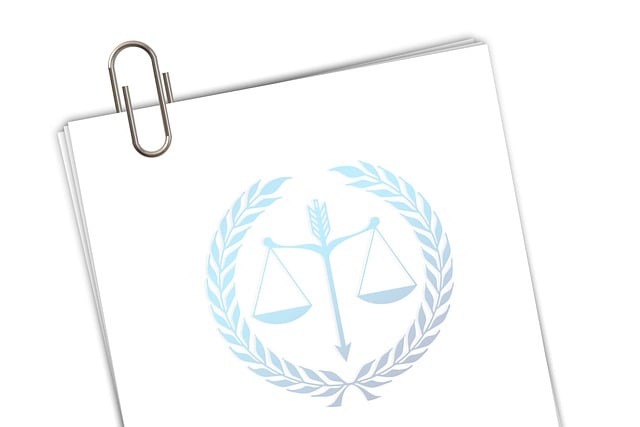RF Regulatory Agency investigations ensure RF standards, safety, and fair competition in wireless communications. Sentencing Guidelines for White Collar Crime determine penalties based on violation severity, prior offenses, and public welfare impact, guiding prosecution and punishment. After an RFRA investigation, understanding these guidelines is vital for individuals and companies to mitigate legal consequences through swift assessments, strategic settlements or defenses, as delays may lead to harsher sentencing.
RF Regulatory Agency investigations are crucial in ensuring compliance with wireless communication standards. This article delves into the intricacies of these inquiries, focusing on sentencing guidelines for white-collar crimes within the RF spectrum. We explore post-investigation steps and the legal consequences that follow. Understanding these processes is essential for navigators of this complex landscape, highlighting the importance of adhering to strict regulations, especially in light of evolving technology and sentencing trends, including the Sentencing Guidelines for White Collar Crime.
- Understanding RF Regulatory Agency Investigations
- Sentencing: A Closer Look at White Collar Crime Guidelines
- Navigating Legal Consequences: Post-Investigation Steps
Understanding RF Regulatory Agency Investigations

RF Regulatory Agency Investigations are crucial in ensuring compliance with radio frequency (RF) standards and regulations. These inquiries play a pivotal role in safeguarding public safety, preventing interference, and promoting fair competition within the wireless communication sector. When violations occur, agencies employ a range of enforcement actions, including fines and penalties, designed to deter future misconduct.
The sentencing guidelines for white-collar crime, often applied in RF regulatory cases, consider factors such as the nature and severity of the violation, prior history, and potential impact on public welfare. For his clients, whether corporate or individual, facing such investigations, understanding these guidelines is essential. Moreover, agencies may also offer compliance programs and educational resources to foster a culture of adherence to RF regulations within the philanthropic and political communities.
Sentencing: A Closer Look at White Collar Crime Guidelines

The sentencing guidelines for white collar crime have gained significant attention due to their impact on how such cases are prosecuted and punished. These guidelines play a crucial role in shaping the outcome of cases involving complex financial frauds, insider trading, and other forms of economic crimes. Unlike direct criminal charges, sentencing guidelines focus on factors like the severity of the offense, the defendant’s prior record, and the specific circumstances surrounding the crime. This approach aims to ensure fairness and consistency in punishing white collar offenders, holding them accountable while considering individual circumstances.
The guidelines have evolved over time, reflecting an unprecedented track record of addressing these intricate cases. They are designed to promote justice and deter future misconduct by setting clear parameters for prosecutors and judges. The process involves detailed evaluations, often including extensive financial investigations, expert testimonies, and complex legal arguments. As a result, the sentencing phase becomes a critical component in the overall prosecution strategy, where the severity of the punishment can be significantly influenced by the interpretation and application of these guidelines.
Navigating Legal Consequences: Post-Investigation Steps

After an RF Regulatory Agency (RFRA) investigation, individuals and companies face a critical phase: understanding and mitigating legal consequences. The post-investigation process is crucial in high-stakes cases where the stakes are high and winning challenging defense verdicts is paramount. Companies and executives must swiftly assess their position, as sentencing guidelines for white-collar crime can significantly impact future operations and reputation.
The first step involves a thorough review of the investigation’s findings to identify any misconduct or violations. This process should be led by legal experts who can navigate the complex regulatory landscape and interpret the evidence. By understanding the scope of non-compliance, individuals can begin crafting strategies to achieve extraordinary results, whether through settling with regulators or mounting a robust defense. It is essential to act promptly, as delays may lead to more severe penalties and damage control measures.
RF Regulatory Agency investigations can have significant implications, especially with the evolving legal landscape surrounding white-collar crimes. Understanding these processes and their outcomes, such as the Sentencing Guidelines for White Collar Crime, is crucial for individuals and businesses to navigate potential legal consequences effectively. By recognizing the post-investigation steps outlined in this article, one can better prepare and mitigate risks associated with RF regulatory compliance.






